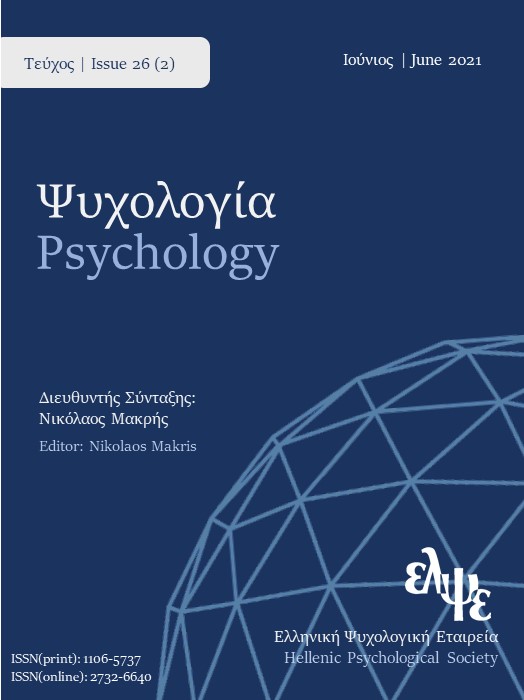The effects of morphophonological changes on the training of orthographic structure of compounds: an Intervention study

Abstract
The aim of the study was to evaluate the effect of the training of morphological awareness of spelling words by 27 students following 4th and 6th grades of a primary school. They were compared with a group of 26 classmates who did not take part in the intervention. All students were assessed via standardized tests of spelling and reading comprehension and non-standardized tests of analogy and meaning of compounds. The intervention included a pre-test, an educational program and a post-test. Experimental material entailed compound words categorized into two conditions of morphophonological transparency (transparent/ non-transparent) and two conditions of compositionality (Modern Greek/Ancient Greek morphemes). Results showed that the systematic exercise of the morphological structure of words improved students' spelling performance in every compound type. Considerably, non-transparent items entailing ancient morphemes received the highest gains, where students presented the lowest performance before intervention. These findings underline the importance of morphological awareness in the acquisition of spelling of morphologically complex vocabulary, whose teaching is important in the highest grades of primary school.
Article Details
- How to Cite
-
Tsesmeli, S. N., & Tsellou, E. (2021). The effects of morphophonological changes on the training of orthographic structure of compounds: an Intervention study. Psychology: The Journal of the Hellenic Psychological Society, 26(2), 182–202. https://doi.org/10.12681/psy_hps.27036
- Section
- RESEARCH PAPERS

This work is licensed under a Creative Commons Attribution-ShareAlike 4.0 International License.
The journal PSYCHOLOGY adopts a Platinum open-access policy. Submission, processing or publication costs are waived by the Hellenic Psychological Society. Papers published in the journal PSYCHOLOGY are licensed under a 'Creative Commons Attribution-ShareAlike 4.0 International' licence. The authors reserve the copyright of their work and grant the journal the right of its first publication. Third-party licensees are allowed to use the published paper immediately after publication as they wish, provided they retain the defined by the license copyright formalities, regarding the reference to its author(s) and its initial publication in the journal PSYCHOLOGY. Moreover, any adjusted work should be shared under the same reuse rights, so with the same CC license.


